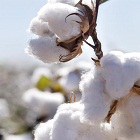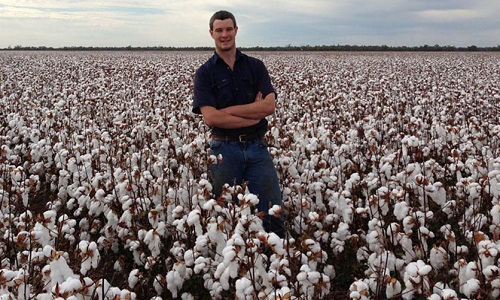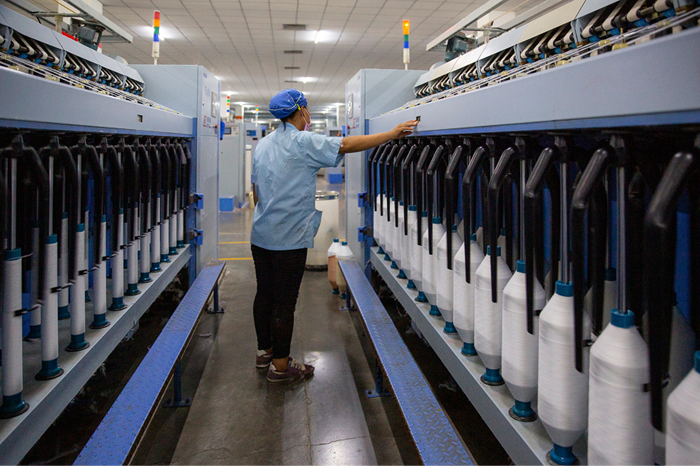"On the back of promising production, USDA increased its estimates for 2016 US crop to 16.5 million bales, up 300,000 from the December supply demand report. Domestic mill use was cut to 200,000 bales and lowered to 3.3 million, down from the prior estimate of 3.5 million. The estimate for exports was raised 200,000 bales as USDA typically does when it increases crop size and was 12.2 million. Thus, ending stocks for July 31, 2017 were estimated to increase 300,000 bales and are now estimated at 4.8 million."

On the back of promising production, USDA increased its estimates for 2016 US crop to 16.5 million bales, up 300,000 from the December supply demand report. Domestic mill use was cut to 200,000 bales and lowered to 3.3 million, down from the prior estimate of 3.5 million. The estimate for exports was raised 200,000 bales as USDA typically does when it increases crop size and was 12.2 million. Thus, ending stocks for July 31, 2017 were estimated to increase 300,000 bales and are now estimated at 4.8 million.
The world crop was estimated at 104 million bales, up 1million from the November estimate. World consumption and exports were essentially unchanged. Thus, world carryover was increased by the same 1million bales. Imports of cotton to India, notably 1 million bales in August and September, suggest the USDA continues to carry its estimate of Indian stocks some 3-4 million bales too high. Nevertheless, world stocks still exceed 85 million bales.
Reviving the ‘Made in US’ tag

US cotton is attempting to revive its ‘Made in US’ tag. As difficult as the road to that revival may be, US and world cotton continues to battle for fiber market share. To date, the battle has won by China. Yet, prices of polyester have seen a significant rise. Most of the world’s acid-based chemical fibers are manufactured in China. Thus, cotton has been presented a small window to slow the decline in consumer preference. Nevertheless, the battleground remains unfavourable unless cotton can regain consumer confidence.
Shipping to the world
Mills continue to support the market in spite of negative yarn spinning reports that have a number of Pakistani spinners facing bankruptcy. The problem is more associated with Pakistan than any other country as yarn prices in China have seen some improvement. US export sales climbed to a new marketing year high for the week ending 12/1/2016 as net sales totaled 409,400 RB (405,200 Upland; 4,200 Pima). The most significant sale was to Japan. The fact that Japanese purchases were large at this time of the year is suggestive that Japanese yarn spinners feel prices will rise. Too, China remained a large scale buyer.
Export shipments also improved significantly as shipments climbed to a marketing year high, 237,700 RB (229,700 Upland and 8,000 Pima). Export sales to date total 4.7 million bales compared to 3.0 million bales at the same time a year ago. Shipments total 3.0 million bales verses a comparison of 1.9 million bales year ago. Thus, sales are on pace to be a million bales or larger than the current USDA export estimate of 12.2 million bales. The pace of actual shipments is also ahead of the pace needed to meet the current USDA estimate. Thus, look for USDA to continue to increase its estimate of the demand for US cotton. Too, the high quality of the 2017 US crop is finding unusually strong demand from international mills.
The demand side of the price equation received an additional boost as mills are not fully covered for the first quarter of 2017 and are poorly covered for the second quarter. Brazil, Australia and the US merchants are all actively looking for high grades to fill the needs. While the US has sufficient quantity of cotton at present time, the Southern Hemisphere poses a different picture. Merchants are pressed to find quantity and the Australian 2016-17 crop is just emerging. Australian plantings have noted a significant jump as some 520,000 hectares were planted compared to only 312,000 last year.












